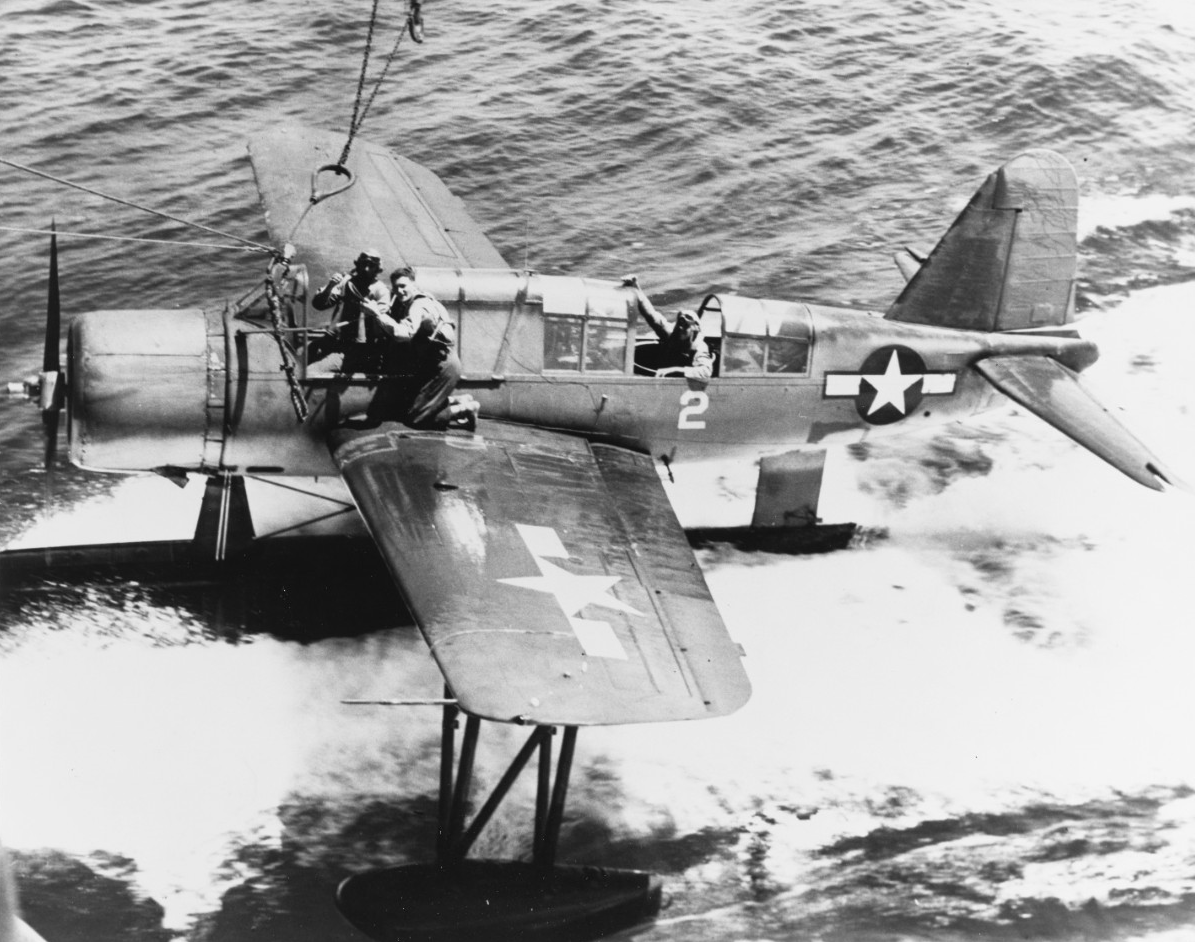Join historian Captain Todd “Nature” Glasser, USN as he talks about the U.S. Navy’s transition from battleship to carrier-centric warfare in the wake of Pearl Harbor, particularly the neglected aspect of the role of floatplanes. Assigned the important task of spotting surface gunnery in prewar doctrine, the Navy adapted floatlplanes to the war’s emerging character while also keeping them positioned to execute their typical roles. Their simultaneous adaptation and preservation hold valuable lessons for the contemporary naval strategist. Demonstrating that changes in the character of war can be gradual, rather than abrupt shifts, floatplanes found utility in a multitude of new tasks, including spotting gunfire in support of troops ashore, combat search and rescue, and anti-submarine warfare. The floatplanes’ story further demonstrates that doctrine agnostic of specific technologies can be tremendously useful during times of tactical and operational uncertainty.
About the Speaker: Captain Todd Glasser, USN, is a career naval aviator with extensive sea control, ISR, counter-piracy, and disaster relief experience in the Middle East and Western Pacific. He has commanded a helicopter squadron and served as the Deputy Commander of Naval Amphibious Forces in the US FIFTH Fleet / Central Command. He has additional experience as a Division Chief in the Future Joint Force Development Directorate of the Joint Staff J-7 and as a Counter-Radio Controlled IED Officer with the U.S. Army. A graduate of the Virginia Military Institute and U.S. Naval War College, Captain Glasser is currently the CNO Chair for Maritime Strategy, at National War College in Washington, DC.
This program is for Washington Navy Yard base personnel, CAC holders, and active duty and retired military members. It will be recorded and shared on the museum’s Facebook and YouTube pages on a later date. For more information about this program, email the National Museum of the U.S. Navy at
Image: A USS Boston (CA 69) OS2U Kingfisher floatplane returns to the cruiser after rescuing a crewman of a downed TBF bomber during raids on Japanese targets in the Hollandia Area, April 21, 1944. ARM2c W.R. Kesey is on the wing. AOM3c B.A. Kanitcer is in the rear cockpit. The OS2U's pilot is not identified. (Official U.S. Navy photograph, now in the collections of the National Archives. Catalog #: 80-G-283564




